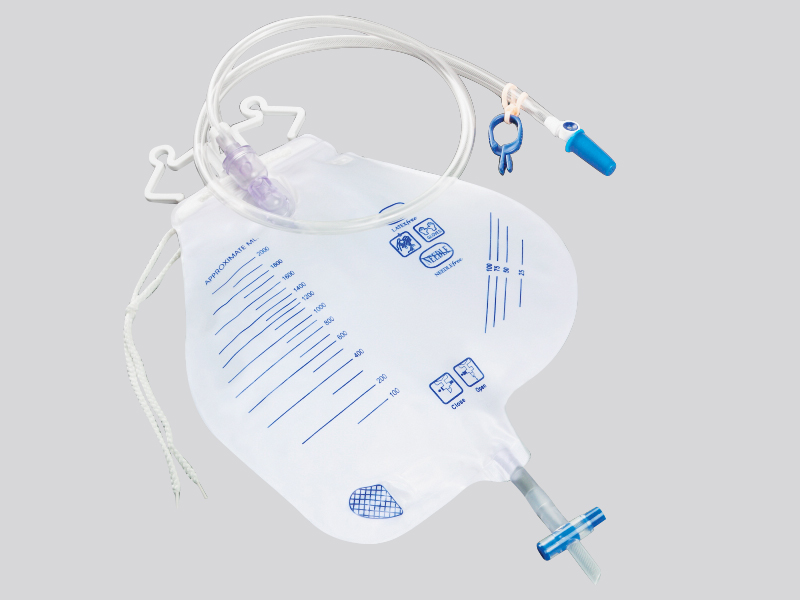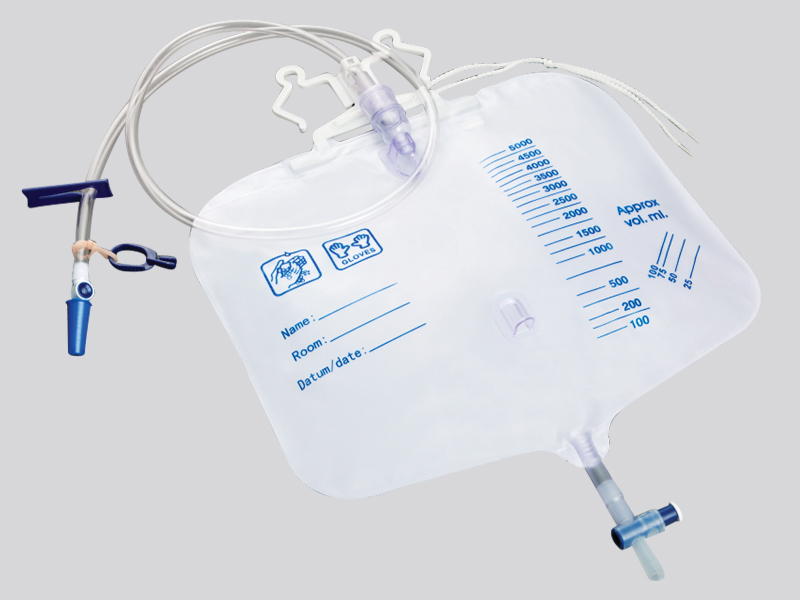The current position:Home > Information dynamic
> Industry Trends
Which patients are most suitable for disposable anti reflux drainage bags
source:www.cnboyi.net | Release time:2025年08月25日1. Urinary system diseases/postoperative patients (most applicable group)
This type of patient has urinary dysfunction or needs temporary drainage of urine after surgery. Anti reflux design can directly avoid complications such as urinary tract infection and pyelonephritis caused by urine reflux, and is the most typical applicable population:
Urinary retention patients: for example, patients with neurogenic bladder (such as spinal cord injury and bladder dysfunction after stroke), long-term indwelling of urinary catheter and anti reflux drainage bag can reduce the risk of repeated infection.
Postoperative patients undergoing urological surgery, such as bladder surgery, urethral repair surgery, etc., need to have a short-term indwelling catheter to drain urine. During this period, it is necessary to strictly avoid urine reflux and contamination of the surgical site to prevent surgical incision infection or poor healing of the anastomotic site.
Patients who are comatose/bedridden and unable to urinate independently, such as elderly dementia, vegetative state, and severe trauma (such as spinal injury) patients who have been bedridden for a long time, require continuous catheterization and drainage. The anti reflux function can reduce reflux infections caused by changes in position (such as turning over) during the nursing process.
2. Patients who require fluid drainage after surgery
After some surgical procedures (such as abdominal, pelvic, and thoracic surgery), it is necessary to drain accumulated exudate, exudate, pus, etc. from the body through a drainage tube. Anti reflux design can prevent these contaminated body fluids from flowing back into the surgical cavity, causing serious complications such as abdominal and thoracic infections:
Patients undergoing abdominal/pelvic surgery, such as cholecystectomy, gastrointestinal surgery, and gynecological surgery (such as myomectomy), need to have an abdominal drainage tube placed, along with an anti reflux drainage bag, to prevent exudate from refluxing into the abdominal cavity and reduce the risk of peritonitis.
Patients with surface or deep abscess drainage, such as perianal abscess and breast abscess, need to collect pus through drainage bags after incision and drainage. Anti reflux design can prevent pus from flowing back into the abscess cavity, affecting healing or causing infection spread.
3. Other patients who require drainage and infection prevention
Critical illness patients, such as those with multiple organ failure or severe infections in the ICU, may require the placement of multiple drainage tubes (such as urinary catheters and abdominal drainage tubes) simultaneously. Anti reflux drainage bags can reduce the risk of cross infection sources and lower the probability of complications such as sepsis.
Pediatric patients: Children (especially infants and young children) have underdeveloped urinary and immune systems and weaker resistance to infections. If congenital diseases (such as hypospadias) or postoperative catheterization are required, using anti reflux drainage bags can more safely protect their urinary system and reduce the impact of infection on growth and development.
Prev:
What is the measuring function of disposable prec…
Next:
How to reduce nursing burden with disposable drai…

 Cn
Cn En
En WeChat ID:
WeChat ID:







 Contact us
Contact us
 Add WeChat
Add WeChat
 Telephone
Telephone